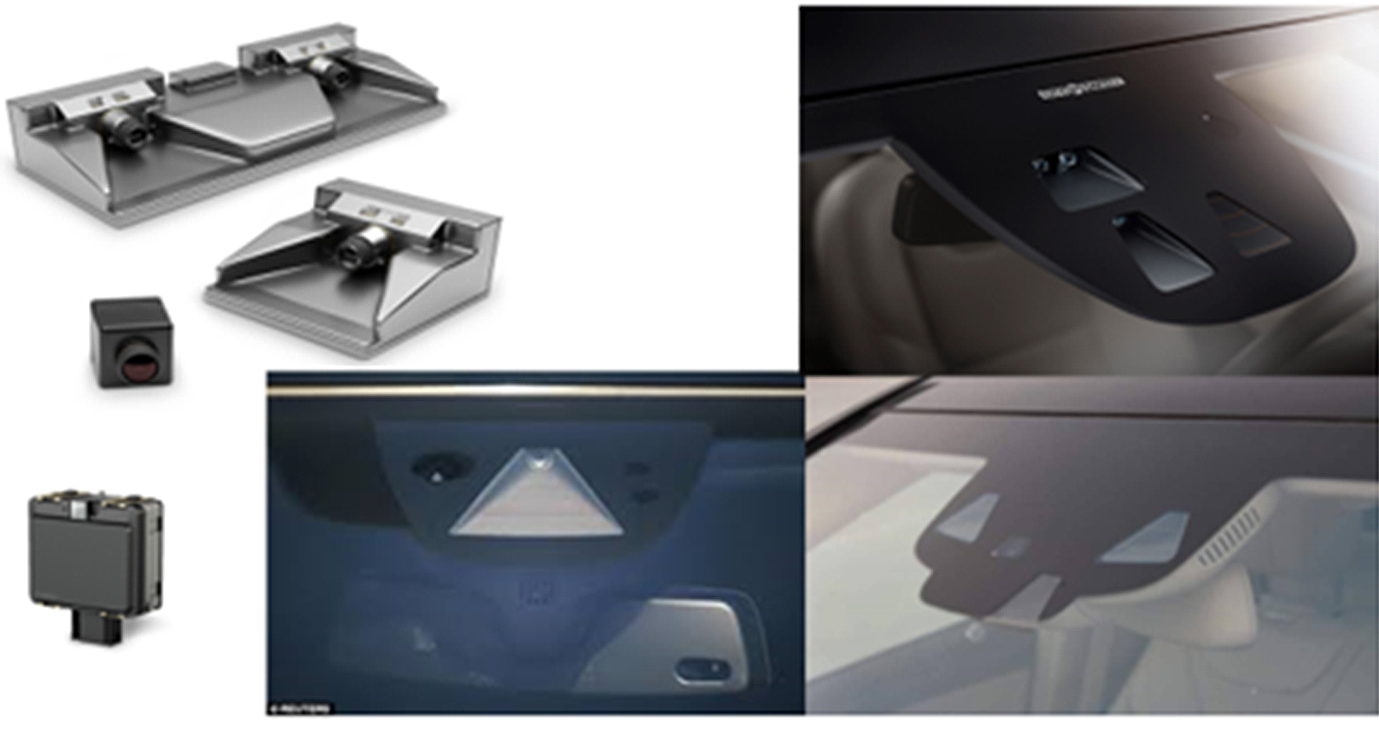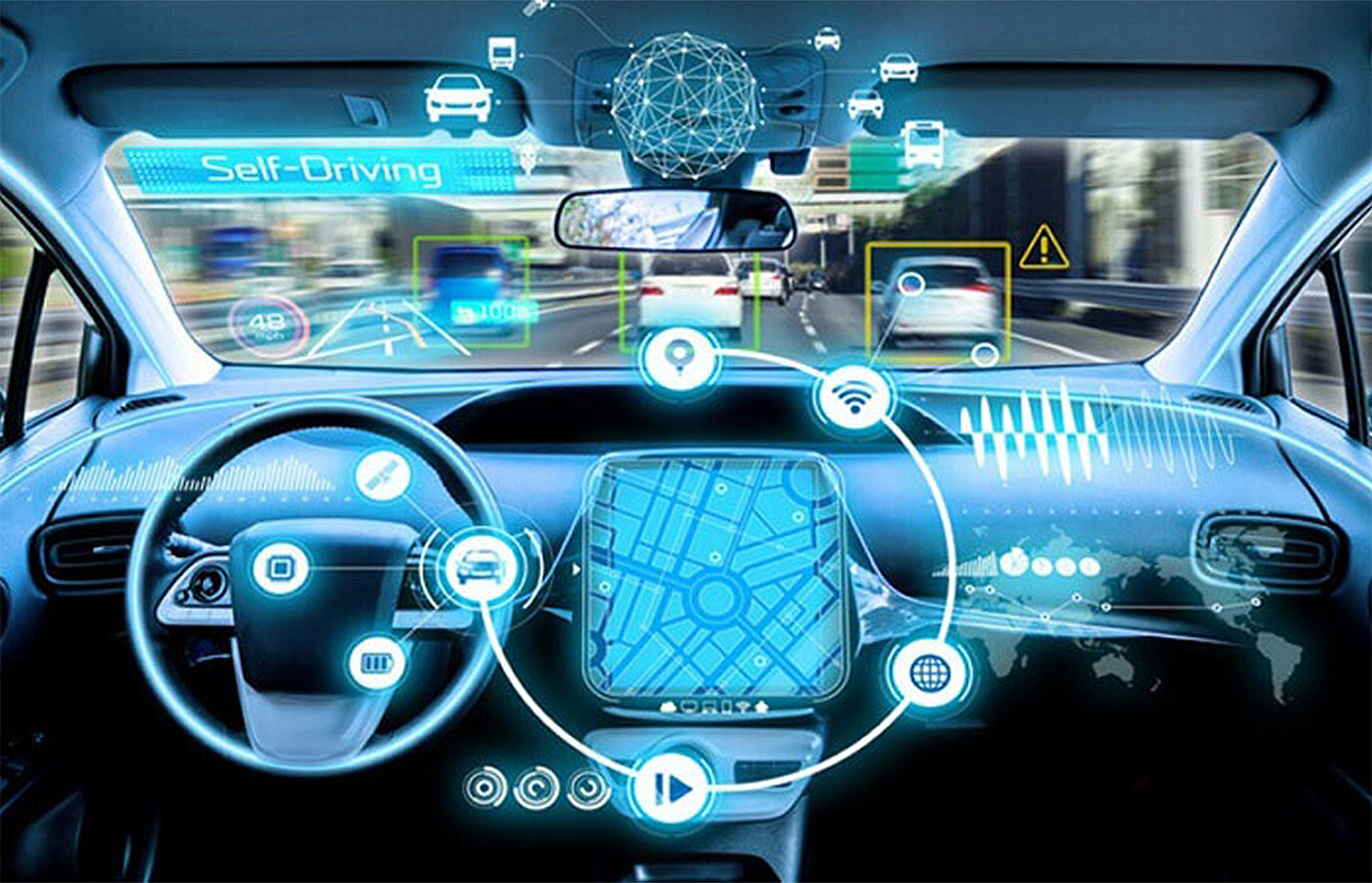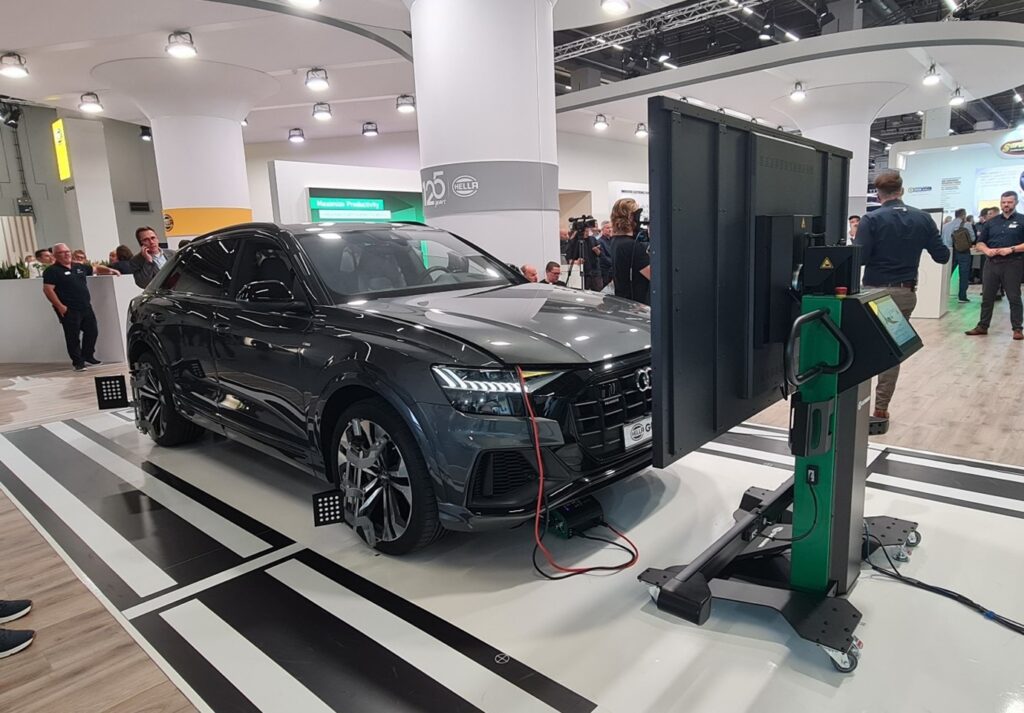Driver Assistance Systems ADAS
European Union legislation has made the use of basic Advanced Driver Assistance Systems ADAS equipment mandatory for all types of cars produced or imported into the European Union from June 2022.
Systems such as:
- brake and collision control
- automatic distance control
- lane departure warning
- blind spot warning
- forward collision warning
- recognition of traffic lights and traffic signals, etc.
are now fitted onto the windshield of cars.
ADAS on Windscreen

Images source: heraldsun.com and thembmarket.com
The use of cameras on the car’s windshield is the most commonly used system for ADAS. They are mounted onto special brackets inside of the windshield where the driver’s front mirror is located.
When replacing the windshield, these cameras need to be detached and reinstalled on the new windshield. During removing and reinstalling, the original factory settings of these cameras can be lost. Guidelines by car manufacturers recommend that after windscreen replacement the cameras are reset to their original factory settings to ensure proper operation.
Failure to reset the cameras after replacing the windshield could cause them to malfunction. This may have consequences for the safety of the driver and passengers. The calibration of the cameras is a basic requirement for the proper operation of ADAS systems.

Image source: parkingspotz.com
G. Trikkis & Sons Ltd has acquired and trained its staff to operate a Calibration System suitable for all cars that restores the ADAS factory settings located on the windshield after replacing it. The vehicle’s diagnostic scan and calibration are done with high-precision equipment in a closed and controlled workplace.
For calibration, specialized software developed by our company’s partner from abroad is used. During the calibration process, the ECU Electronic Control Unit of the car is scanned and connected online with the system in order for the calibration process and programming to procede.
The calibration is done in 2 main ways, depending on instructions by car manufacturers.
1. ADAS – Dynamic Calibration
Requires driving the car at a set speed on well-marked roads, following step-by-step the instructions of the program software.
2. ADAS – Static Calibration
Takes place inside the store in closed and controlled conditions. It requires the use of a special calibration board based on the requirements of the car manufacturers. This is placed on a calibration frame in front of the car and specialized equipment is placed on the wheels to check the distance and alignment of the vehicle from the calibration board, following instructions of the program software.

For every calibration conducted by G. Trikkis & Sons Ltd we issue a certificate of successful completion.
Leave a comment.
You must be logged in to post a comment.
